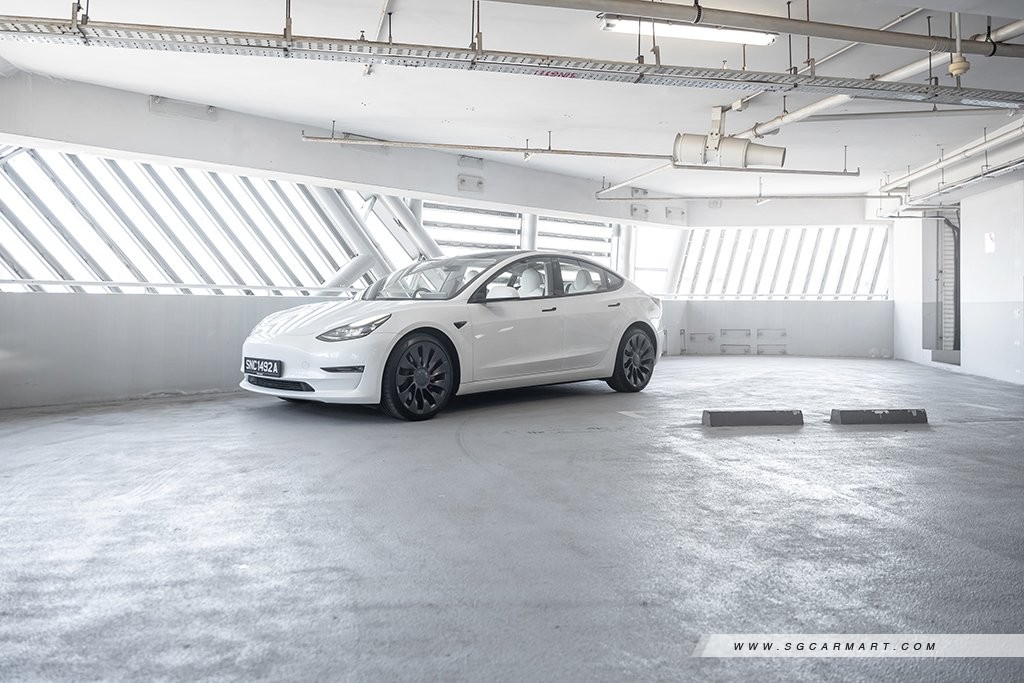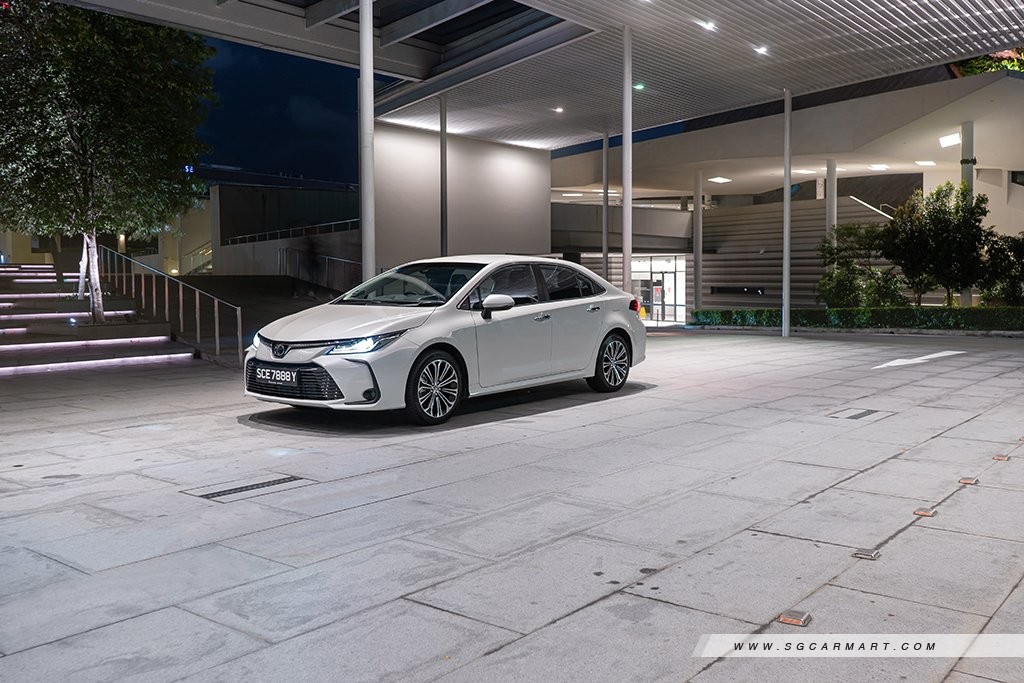How has Singapore's automotive market changed in the past 10 years?

We are all prisoners of the moment. That's true for all things, including cars. Our current moment is dominated by conversations around EVs, spearheaded by the hype that Tesla has garnered.
And in this moment, being in the car trade is pretty miserable. 2022 proved to be an extremely tough year for car sales - across the board, new car registrations fell 32 per cent compared to 2021. The overall numbers are comparable (though slightly better) to 2012-2014.
But it might be useful to zoom out and take a broader look at how the car industry has changed in Singapore over the past 10 years. LTA's new car registration stats (spanning the past 11 years) may reveal some interesting trends.

There are a couple of notable things just looking at the overall numbers, and thus a few key years to highlight. 2015 saw an explosion in new car registrations (driven by PHVs and relatively low COE premiums). And while the numbers have started to come down, even 2022's total numbers still exceed pre-2015 levels.
Now, let's dig into the numbers.
While overall car sales have gone down in 2022, three brands have in fact netted record sales for the past decade - Ferrari, Porsche and Rolls-Royce. These brands, arguably the most recognised and loved upper-tier brands, have witnessed year on year growth fairly consistently over recent years.
The through line? Luxury, of course.

And this holds true across most luxury brands. McLaren has had a solid few years, selling an average of 21 cars per year in the past five years. Lamborghini had a slow-ish 2022, but again averaged 42 cars per year in the past five years, more than double compared to the preceding half decade. The same story is true for Aston Martin and Bentley as well.

Is the market becoming more affluent? That is perhaps one reason, and a reason that should shock absolutely nobody.
The other, of course, is to do with COE trends. From 2015 to 2017, where COE was relatively low, mass market models saw astounding numbers (coupled with the rise of private hire vehicles). In those years, luxury brand figures tend to dip. The inverse is, of course, also true. In years of high COE, luxury brands (whose buyers tend to be less price-sensitive) have seen increased numbers.

The big disrupter, of course, is Tesla. In just two years, 1,799 Teslas were registered in Singapore. For some perspective, that two-year figure puts Tesla ahead of traditionally popular brands such as Volkswagen, Mitsubishi, Volvo, and just marginally behind Kia.
The other significant disrupter is BYD - the 786 cars registered in 2022 represents a 783 per cent growth. With more models coming to market, expect BYD to continue to be a growing player in the local car scene. And while perhaps not quite as big a number, Polestar also moved a pretty good number of vehicles, a trend that may continue.
What ties these three brands together? EVs, of course.

As you'd expect, a couple of brands have held steady, with fluctuations in registration numbers more or less in tandem with the overall market - Toyota, BMW, Mercedes-Benz, and to a much lesser extent Audi and Mazda. Considering overall volume though, you could argue these brands also drive market trends.
Mercedes in particular is doing well, with strong growth since 2015. Even with numbers tapering out in the past couple of years, the 5,262 cars registered in 2022 is still better than the brand's pre-2015 figures.

There are a few brands that have in fact been on an upward swing. Citroen, Peugeot and Suzuki have all posted multiple years of growth in the past decade, though the relatively small overall volume makes for a limited sample size that allows for a fair amount of statistical variance.
Hyundai, too, has been generally trending upwards, buoyed by in influx of new models in recent years.
The one surprise? Ssangyong - the brand's 129 per cent growth in 2022 is in stark contrast to overall market contraction. As posited by our colleague, this may be due to the use of these cars for car-sharing services.

And then there are brands that are on a downward trend.
Honda, since 2017, has been trending downwards (with an ever so slight bump in 2019). After the PHV explosion with Vezels flooding the roads in 2015 and 2016, Honda registration numbers have been heading south. However, it's worth noting that the recent figures still exceed pre-2015 figures.
The story is similar for Kia, Renault and Mitsubishi - a tough couple of years, but still better than the pre-2015 numbers.
There are four brands that appear to be struggling the most. Jaguar Land Rover is not faring well. Numbers are down even from pre-2015 figures. Volvo, too, is struggling.
The stark data point, though, is Volkswagen. With the exception of 2015, which saw a 21 per cent year-on-year increase, the other years since 2013 have seen numbers heading south, culminating in a pretty dastardly 51 per cent drop in 2022 (the largest in the past 11 years).

One reason for this struggle can be the lack of new models available in Singapore, especially as these brands transition to EVs. For example, VW's ID. 4 has been well-received globally, but is yet to be offered in Singapore through the authorised distributor. Moving forward, the onus will be on the availability of new models to help these brands regain momentum.
So what do all these numbers and trends tell us? Probably nothing we didn't already know. Buyers in the mass market segments are much more price sensitive, which sees these brands fluctuating along with market conditions.
Luxury brands are more immune from market fluctuations, and we are also seeing a trend that the market is getting more affluent.

The brands that are struggling appear to be the ones stuck in the middle - between the mass market and premium brands.
Of course, these numbers are not the singular indication of consumer brand sentiment, and does not fully capture the complexity of the car market - a complicated intersection of model availability, economic conditions, and of course disruptions like Covid.
As more disruptions are on the horizon, driven by the rise of EVs, PHVs and changing market conditions, it will be interesting to see if any of these trends continue to hold steady.